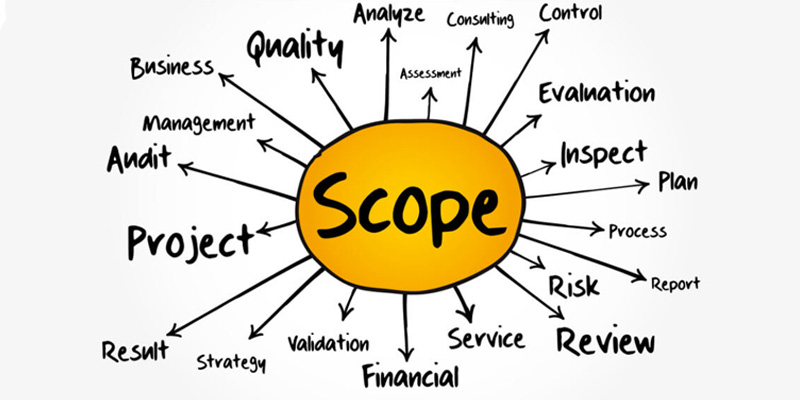
7 Benefits of ISO 27001 Certification
The ISO 27001 standard is an international, auditable and comprehensive stand...
Read MoreOne of the most crucial requirements of ISO 9001 is to determine and define the scope of the Quality Management System (QMS). The scope statement has always been a critical part of the quality manual as it defines how far the management system can extend within your organisation. The scope statement also contains details about operations and exclusion criteria. With the release of the latest version of ISO 9001, namely the ISO 9001:2015 standard, additional clarifications have been provided on how to define the scope. In this article, we will talk about the considerations for determining the scope of the QMS in your organisation as per the requirements of ISO 9001.
The ISO 9001 standard is the only auditable standard in its family, that provides recommendations to organisations to build a durable, sustainable and effective QMS. There are two main purposes of building a QMS. The primary function is to help organisations maintain a high level of quality when delivering their services or producing their products. The secondary aim is to help organisations identify the needs of the target audience and consistently exceed their expectations.
Whenever an organisation implements a QMS based on the recommendations of ISO 9001, they can acquire certification after clearing an external audit. You can get more information about the types of ISO certificates and how to implement them by using the ISO certification services.

A scope statement is the official amalgamation of an organisation’s external and internal issues that are relevant to its strategic direction and ability to achieve organisational goals. It also contains details about the products or services of the organisations and the requirements of the relevant interested parties. With the help of ISO 9001 consulting, you can easily develop your business scope.
In the clause 4.3 of the ISO 9001:2015 standard, the details and the requirements for determining the scope of the QMS have been listed. In this section, a note about the QMS states that it can include whole organisations or can contain specifically identified functions of the company. Here, the standard clearly states that specifically identified sections of the organisation implies to either one or more than one group of functions.
The three considerations that should be factored in when determining the scope are:
In addition to the above mentioned factors, the scope statement should also include any requirement of the ISO 9001 standard that can be applied to the organisation and if a requirement is not applicable, the organisation must document it.
This is because the organisation should not be able to utilise the reason for not being able to deliver on its promise or ensuring conformity of service or product. Therefore, justification for any instance where ISO 9001 requirement cannot be applied should be written in the scope statement.

In majority of the cases, the QMS scope statement covers the entire organisation. However, there are certain exceptions when your QMS will not be able to cover your entire organisation and examples include a multi-location company or a definite and distinct split between industries. Hence, your scope statement should include the physical locations of your QMS and the specific areas where your products or services are created.
However, please remember that ISO 9001 is meant to be extremely flexible and if a specific clause is not applicable to your organisation, you must mention it. Essentially, the scope statement is a great method to clearly define and identify what your business does and what parts of the business are applicable to the compliance requirements. In this way, ISO 9001 Lead Auditor has a very important responsibility and will play the role of a guide.
There is no specific size limit to your scope statement and it should include all the relevant information to determine what is covered by the processes of the QMS. However, a lengthy scope statement is vulnerable to mistakes. Hence, instead of including everything within your scope statement, focus on listing what is included in your QMS and what is not.
Think about it, if you are unclear about which processes in your company are covered by the QMS, how will you convey it to an auditor. How will the external auditor or any other member of an interested party conduct an audit. Hence, the aim should be to simplify your scope statement by enhancing its readability, so that anyone can focus on your QMS efforts.
A short and concise scope statement also prevents unnecessary questions about the activities that you perform. Properly defined scope statement will also allow your managers to estimate cost, check the efficiency of your processes and determine the time required for your product life-cycle.
ISO certification gives your organisation a competitive edge. By helping you increase operational efficiency and overall product consisten

Copyright © 2025 The ISO Council | Privacy Policy